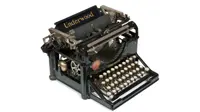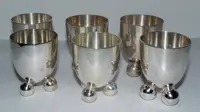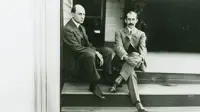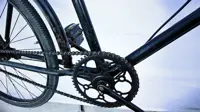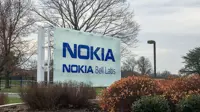TRW – the tide turned
By Kiron Kasbekar | 13 Dec 2023
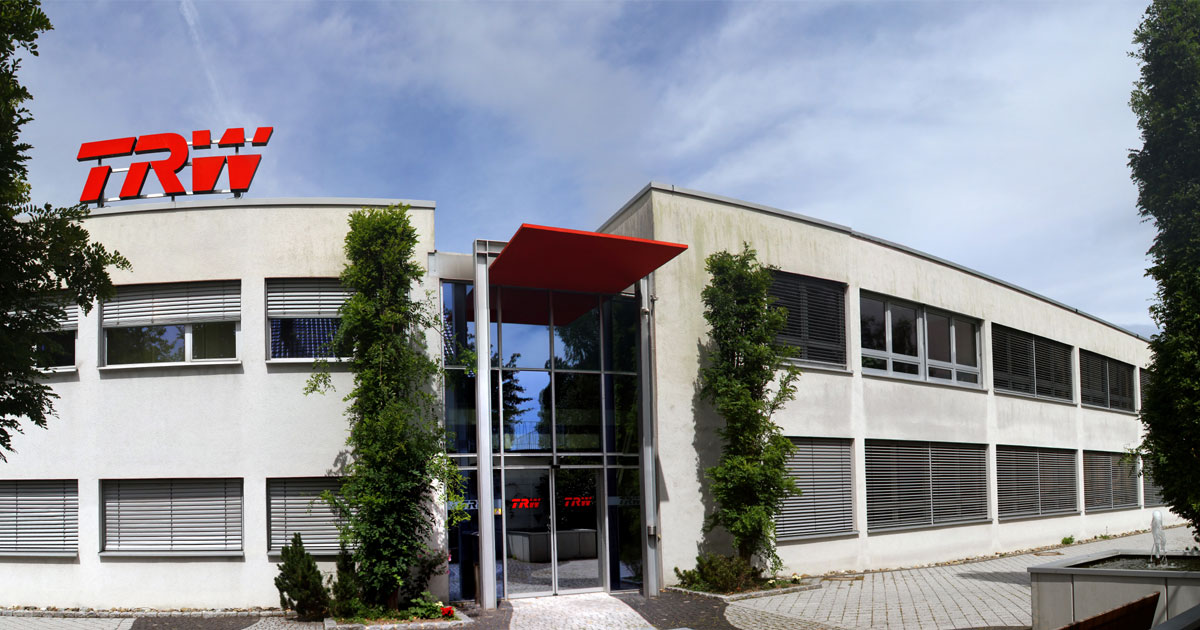
There used to be an American company called Thompson Ramo Wooldridge Inc. This company, which was a global supplier of automotive systems, modules, and components to car and truck manufacturers, started small, as most companies do. Then, as the automotive industry grew bigger, so did TRW.
The business did not start as TRW. None of the names associated with it – Thompson, Ramo, or Wooldridge - was there when the business started.
The company began its life in 1901 as the Cleveland Cap Screw Company, founded by five Cleveland residents. In 1904, the firm, which began its life making bolts, began to be managed by a welder named Charles E. Thompson.
Biggest valve maker in America
Thompson adapted the firm’s process to make engine valves for cars. That worked so well that by 1915 the firm became the biggest valve maker in America.
Following the success of his plans, Thompson was appointed general manager of the company. He was now in charge. In 1926 the company was renamed Thompson Products.
The experimental hollow sodium-cooled valves made by the company was used for Charles Lindbergh’s solo flight across the Atlantic in 1927.
That was just one of the steps on the company’s way up. Right from the days preceding the Second World War, and through the Korean War, Thompson Products won major contracts for aircraft engine components, including cylinder valves.
One US government-owned plant which Thompson Products operated, had 16,000 workers at peak production during the Second World War. Then, as jet aircraft replaced propeller-driven aircraft, Thompson Products became a leader in turbine blade manufacturing for jet engines.
Cold War beneficiaries
In 1950, as the Cold War was heating up, Simon Ramo and Dean Wooldridge, two brilliant engineers at Hughes Aircraft, who had spearheaded the development of the Falcon, a cutting-edge radar-guided missile, decided to quit. They were unhappy with the unorthodox management style of the eccentric Howard Hughes, and decided to set up on their own.
Thompson Products came to their aid, providing them with finances, and a new firm, Ramo-Wooldridge Corporation, was created in September 1953. Their ambition was to launch new aerospace projects.
The timing couldn’t have been better. The nuclear race between the Soviet Union and the US had begun to heat up, and the American government was looking for firms that could participate in the American nuclear effort.
The first Soviet nuclear test in August 1949 resulted in hectic discussions in America about how to respond. In October 1953 Trevor Gardner, a prominent scientist and air force advisor, formed what came to be known as the Teapot Committee. The mission of the committee, chaired by mathematician John von Neumann, was to fast-track the development of intercontinental ballistic missiles (ICBMs) to counter the Soviet threat. Ramo and Wooldridge were invited to join this elite group.
Soon afterwards, the US Air Force invited the Ramo-Wooldridge Corporation to become the lead contractor for America’s ICBM program.
Entry into the automobile market
In 1958, Thompson Products merged with Ramo-Wooldridge Corporation to form Thompson Ramo Wooldridge Inc. (TRW). This merger marked the beginning of TRW’s diversification into various industries, including automotive.
.jpg)
TRW’s entry into the automotive industry gained momentum in the 1960s when it started developing advanced automotive safety systems and components. In 1966, the company introduced its first anti-lock braking system (ABS), a groundbreaking technology that would become a standard feature in modern automobiles.
Throughout the 1970s, 1980s and 1990s, TRW continued to expand its automotive product portfolio. The company’s focus on safety technologies led to the development of airbags, power steering systems, and electronic stability control systems (ESC). These innovations not only improved vehicle safety but also positioned TRW as a leading supplier of automotive systems and components.
Rise as a global automotive supplier
The late 1990s and early 2000s saw TRW Automotive expand its global footprint. The company acquired several automotive component manufacturers, and was able to offer a wider range of products and services to vehicle makers worldwide. These acquisitions included LucasVarity, a UK-based automotive parts manufacturer, in 1999, and the body control systems division of Ina Schaeffler Group in 2001.
By the mid-2000s, TRW Automotive had established a significant presence in Europe, North America, and Asia. The company’s product offerings spanned safety systems, chassis components, steering systems, and more – making it a one-stop solution for automakers seeking reliable and technologically advanced components.
So far, so good. This sounds like the story of a company that will grow and grow and grow. And reap billions of dollars of profit. But that’s not how it happened.
Despite its success and growth, TRW Automotive faced just too many more challenges during the late 2000s and early 2010s than it could cope with. Challenges it was not able to cope with fully, and which led ultimately to the company’s acquisition by ZF Friedrichshafen.
Just when everything seemed to be going perfectly for TRW, the storm hit. The business environment, which had been rosy until then, turned cloudy and turbulent.
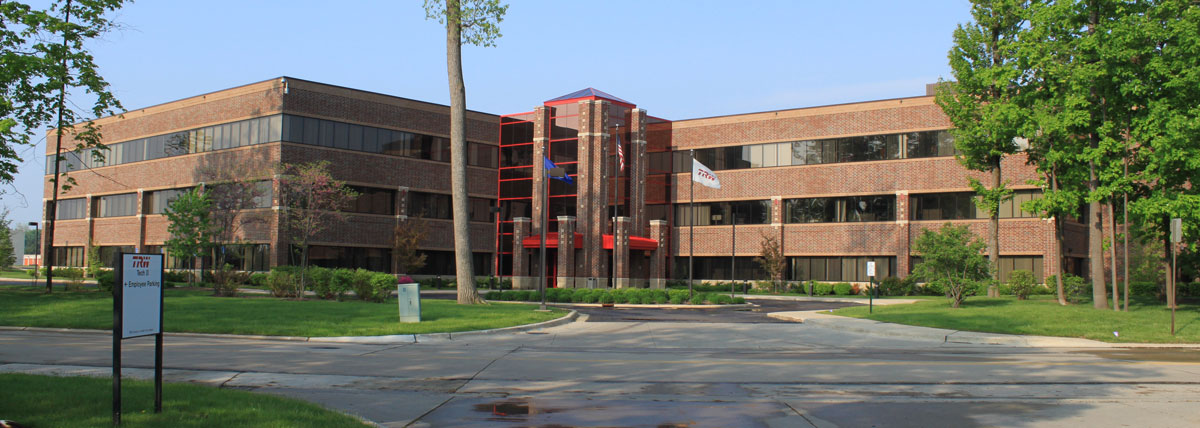
Market volatility
Market volatility is a thing every company goes through. And the most successful companies often tend to get the most hammered by the volatility – because they have much less room to maneuver compared to smaller firms; their systems tend to get rigid with time, and unable to move quickly to cope with crisis.
The automotive industry is highly cyclical, and economic downturns can really hammer demand for vehicles. TRW Automotive was among the unfortunate component suppliers that had to scale down as a result of reduced vehicle production and reduced demand for automotive components.
Intense competition, regulatory requirements
The susceptibility is made worse where the supply chain is fiercely competitive, as happened with the automotive components industry. With numerous global suppliers vying for contracts with vehicle makers, and the external environment looking grim, pricing came under pressure, and profit margins were badly hit. The cost-cutting converted once-profitable companies into big loss-makers. TRW was among the worst hit.
As safety and environmental regulations became more stringent, automakers demanded advanced technologies to meet these requirements. The need for ongoing investment in research and development placed financial strain on TRW.
No alternative but to sell
The automotive industry was consolidating, and automakers and suppliers were hit by a wave of mergers and acquisitions. Bigger and more diversified companies were better able to deal with the industry challenges; smaller or specialized firms like TRW could not.
While it was being buffeted by adverse external forces, its shareholders became restive. They wanted to maximize their returns, and it didn’t matter to them who owned the company that gave them better returns.
The TRW management was left with no alternative but to seek a strategic alternative – including a sale. The company that grabbed the opportunity was ZF Friedrichshafen, a hundred-year-old German automotive component supplier. The German company acquired TRW Automotive for about $13.5 billion. The acquisition was completed in May 2015, creating one of the world’s largest automotive suppliers.
Big as it was, TRW was small in comparison with the top players in the components market. Companies like Bosch, Delphi, Denso, Johnson Controls, Magna International.
